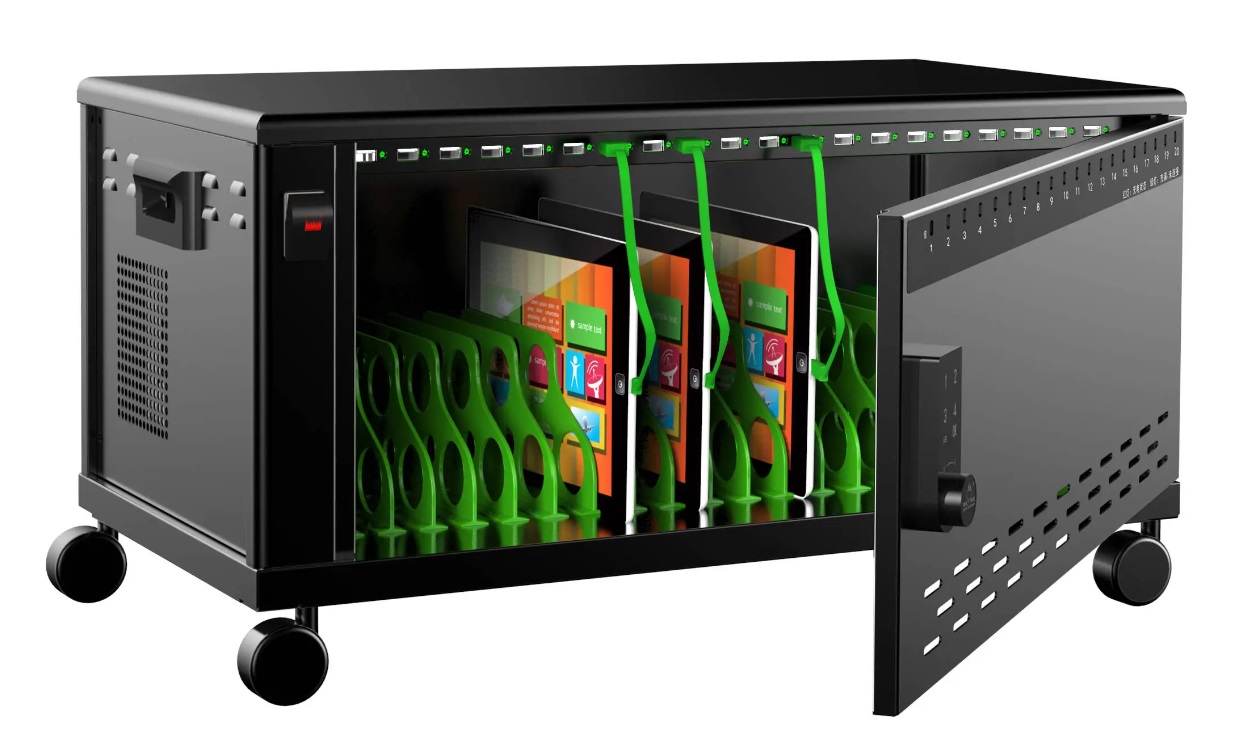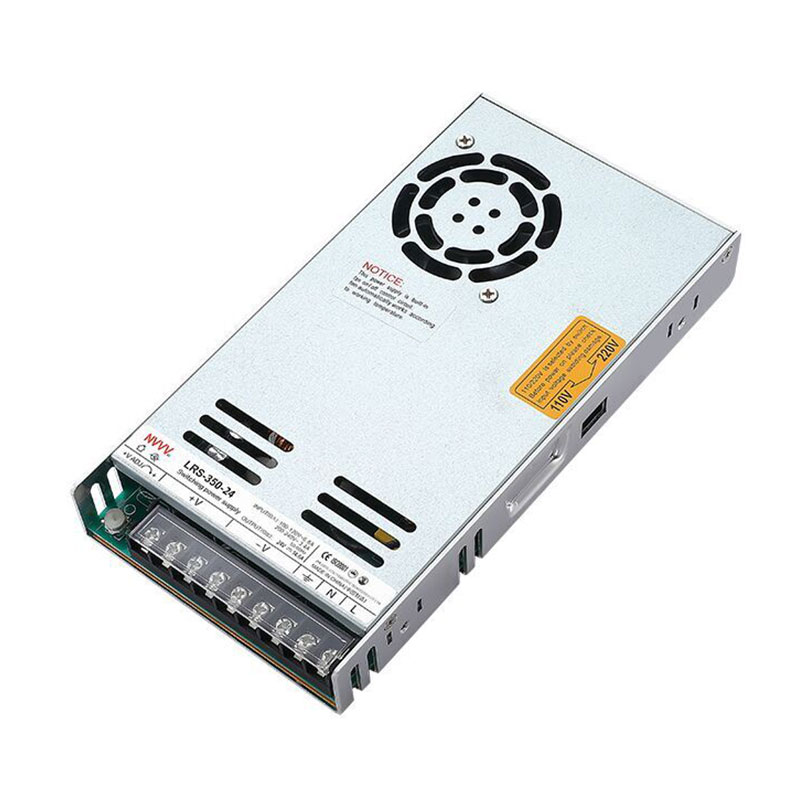Can SMPS be used as battery charger?
In modern power technology, switching mode power supply (SMPS) is widely used in various devices and scenarios due to its high efficiency, compactness and stability. As a power supply device, it is used in electronic products, industrial equipment and even solar energy systems in daily life. However, a question that many people are concerned about is whether SMPS can be used as a battery charger? Battery charging equipment requires stability of output voltage and current, so can SMPS meet these requirements? In this article, we will explore this issue in detail and have an in-depth understanding of the working principle, advantages and disadvantages of switching power supplies, and its application prospects in the field of battery charging.
What is a switching power supply (SMPS) and how does it work?
To discuss whether SMPS is suitable as a battery charger, we first need to understand its working principle. SMPS (Switching Mode Power Supply) converts the input voltage into the required stable output voltage through a high-frequency switching circuit and a transformer. Compared with traditional linear power supplies, SMPS has high efficiency, small size, and can operate in a variety of voltage ranges.
Basic working principle of SMPS
The core principle of SMPS is pulse width modulation (PWM) control, which controls the output voltage and current by adjusting the opening and closing time of the switch. It first converts the input voltage (AC or DC) into a high-frequency signal, then adjusts the voltage through a transformer, and outputs a stable DC power through a rectification and filtering circuit. Since SMPS works at high frequency, the size of the transformer and other components can be greatly reduced, making the entire system more compact.
Main features of SMPS
Several important features of SMPS make it dominant in power conversion:
High efficiency: The efficiency of SMPS is usually between 85% and 95%, which is much higher than that of traditional linear power supplies. Its efficient energy conversion reduces unnecessary energy loss in charging devices.
Small size: Due to the use of high-frequency switching technology, the size of SMPS is greatly reduced, and the size of transformers and other components can be reduced, making SMPS widely used in situations where compact equipment is required.
Flexible voltage regulation: SMPS can flexibly adjust the output voltage to adapt to different types of loads. This makes it perform well in a variety of applications, including charging a variety of different batteries.
2. Can SMPS be used as a battery charger?
Switching power supply (SMPS) has the potential to be used as a battery charger due to its stable voltage output and efficient energy conversion characteristics, but whether it can be used as a battery charger needs to be considered from multiple angles.
Stable voltage output
The key to battery charging is the need for stable and appropriate voltage output. Different types of batteries have different requirements for charging voltage. For example, the charging voltage range of lead-acid batteries is usually 14V to 14.8V, while the charging voltage of lithium-ion batteries is higher, generally between 4.2V and 4.35V. SMPS can output a stable voltage to meet the charging needs of different types of batteries through voltage regulation.
However, if the voltage regulation of SMPS is not accurate enough, it may cause overcharging or undercharging of the battery, thereby affecting the battery life or causing safety problems. Therefore, selecting the appropriate voltage range and ensuring accurate voltage regulation function are issues that must be solved when SMPS is used as a battery charger.
Current control
In addition to voltage stability, current control during battery charging is equally important. The usual charger adopts a constant current charging mode, that is, a large charging current is provided at the beginning of charging, and the current is gradually reduced as the battery charging progresses, and finally enters the constant voltage charging stage. This can prevent the battery from overheating due to excessive current at the beginning of charging, or from being damaged due to excessive voltage at the end of charging.
However, SMPS usually does not have the function of current control. In this case, if you want to use SMPS as a battery charger, you need to add an external current control circuit or choose an SMPS with constant current output function. In this way, SMPS can provide a more precise charging process for the battery and avoid battery overload or overheating.
Charging protection function
Battery charging safety is crucial. Standard battery chargers usually have multiple built-in protection functions, such as overcharge protection, undervoltage protection, short circuit protection, etc. SMPS itself does not have these functions, but it can achieve comprehensive protection of the battery by adding an external battery management system (BMS).
In actual applications, BMS can monitor battery voltage, current, temperature and other parameters to ensure that the battery operates within a safe range. When the battery is close to full, BMS can prevent the battery from overcharging by reducing the current or even stopping charging completely. In this way, SMPS can be used in conjunction with BMS to effectively serve as a battery charger.
Advantages and Challenges of SMPS as Battery Charger
Although SMPS has the potential to be used as a battery charger, its application still has some advantages and challenges.
Advantages
High-efficiency charging: The efficient energy conversion of SMPS reduces the energy loss during the charging process, so compared with traditional chargers, SMPS charging can complete the charging task faster.
Adjustable voltage output: Different types of batteries require different charging voltages, and the voltage regulation capability of SMPS enables it to provide customized charging services for different types of batteries.
Space saving: Due to its small size, SMPS chargers are suitable for various portable devices or occasions that require space optimization.
Challenges
Complex current control: Standard SMPS lacks current regulation function, so when used as a battery charger, additional current control circuits need to be added, which increases the complexity of the design.
Lack of protection mechanism: SMPS itself has no battery protection mechanism, which is prone to problems such as battery overcharging and over-discharging, and needs to be combined with an external battery management system to ensure safety.
Application scenarios and battery charging fields of SMPS
Switched-mode power supply (SMPS) performs well as a battery charger in certain specific occasions, especially those that require efficient power conversion. The following are several typical application scenarios of SMPS in battery charging:
School Network Laptop Charging Cabinet
In the school environment, network laptop charging cabinets have become daily facilities. These charging cabinets need to provide a stable power supply for a large number of laptops. In such occasions, SMPS can provide a stable output voltage when multiple devices are charged simultaneously, ensuring that the battery of each device can be charged stably and safely.
Industrial Energy Storage System
In the industrial field, batteries are widely used in various automation systems, such as forklifts, AGVs and other equipment. Such equipment requires high-power and long-term battery power supply, so charging time is a very critical link. The efficient charging characteristics of SMPS can significantly reduce charging time and reduce energy waste.
Solar Energy Storage
In the solar energy storage system, SMPS is used in combination with solar panels to convert the unstable voltage generated by solar panels into stable DC power to provide stable power for the energy storage battery. In this case, the high efficiency and voltage regulation ability of SMPS make it an ideal choice for solar panel systems.
3D Printers and Embroidery Machines
In precision equipment such as 3D printers and embroidery machines, the stability and efficiency of the power supply are crucial. SMPS can provide efficient charging support for the battery systems of these devices, ensuring that the devices can remain in good working condition after long-term operation.
Conclusion
SMPS has the potential to be used as a battery charger, especially in terms of efficient energy conversion, compact design, and adjustable voltage output. By cooperating with current control modules and battery management systems, switch mode power supply can provide safe and efficient charging solutions for different types of batteries.
However, the challenge of SMPS in charging applications is the need for additional current control and charging protection mechanisms. Nevertheless, with the development of technology, the combination of SMPS and battery chargers will become more common, especially in scenarios that require efficient power management, such as school network laptop charging cabinets, industrial energy storage, solar energy storage, and precision equipment charging.
In the future, with the increasing demand for power management, the application prospects of SMPS as a battery charger will be broader. Whether in portable devices, power tools, or large energy storage systems, SMPS can provide stable and efficient power support to ensure long-term stable operation of the equipment.












